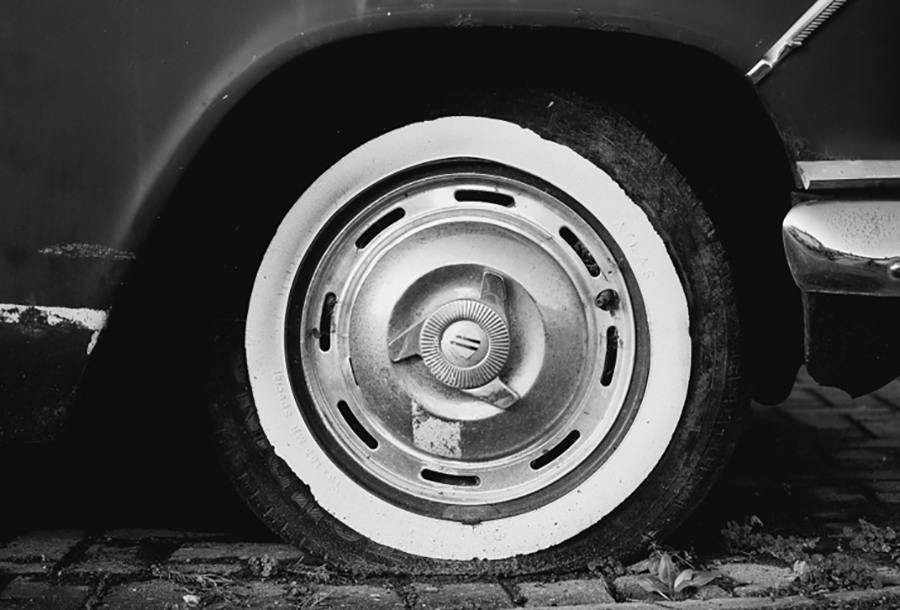How to Handle a Tire Blowout on the Highway (Expert Advice)
Regardless of the weather, one thing is certain: People will hit the open road looking to get from one place to another. Perhaps you have a road trip planned, or just know you’ll be driving a little farther than usual.

A tire blowout changes things to the point where just the visual alone can make you want to look at info on tire blowout insurance claims.
Rest assured that there is solid advice to be had to keep in mind, just in case the worst happens.
Make No Sudden Movements
While the idea of asking drivers to remain calm in the event of a major emergency like a tire blowout is kind of like asking a mouse to not panic in the face of a rattlesnake, the truth is that panic doesn’t serve you (or the mouse) any good. In the event of a tire blowout, every second matters.
Keeping calm is important because you’ll need to survey your location. How safe are you? Are you in the middle of rush-hour traffic in the left lane on your way to crushing that real estate technology meeting?
Or perhaps you’re on a fairly empty stretch of highway, but it’s 10 pm after you’ve worked with kids all day? Knowing where you are and what conditions you’re dealing with is extremely important.
Stay Aware and Pull Over (Safely)
Pulling over to the right side of the road isn’t always possible. Again, if the road is congested, then you’re dealing with drivers who are more concerned with getting to their next location than anything you have going on.
However, you may be surprised at how many are watching the road. If they saw the blowout, it means they’ll do what they can to help you get safely to the right shoulder of the road.
Once you can pull over safely, be sure to turn on your emergency flashers. This will signal to other drivers that there is an emergency, and they should move to give you some space.
If you have hazard placards for your vehicle, you can take them out of the trunk and set them up behind your vehicle. While optional, they can help at night to give drivers enough time to move to the other lane or to see you and call for help.
The Art and Science of Tire Changing
Not everyone learns how to change a tire, but this skill is critical when you’re stuck on the side of the road. Every owner’s manual will have a section on tire changing, and most cars already come with a basic jack.
If you have enough time before disaster strikes, getting a floor jack is a fairly low-cost upgrade that gives you much more flexibility and safety while changing a tire. The spare tire might be underneath the car in its own little cubby or in the trunk. It just depends on what your manual says.
If it’s a spare donut instead of a full tire, be sure you’re taking the car to the closest tire shop if at all possible. Driving on a donut is meant to be temporary. They aren’t very good at navigating busy urban streets or long stretches of highway.
Does insurance cover tire blowouts?
Here’s the truth: Insurance coverage depends on if there’s an impact of some kind. The tire blowout alone wouldn’t be enough to trigger an insurance coverage event in most cases.
For example, if the tire blows out, but you’re able to maneuver the vehicle safely to the right side of the road, then you’re simply out the cost of the tire.
Even if that did trigger insurance coverage, the cost of one tire is usually well below an insurance deductible, so the insurance carrier wouldn’t pay anything anyway.
However, what if you crashed into a guardrail, or clipped another vehicle as you went to the right side of the road?
You would need to file a claim with your insurance company because they need to know you’ve been in an accident. In fact, it’s usually in your contract that you must alert them of any and all accidents.

When Liability Coverage Steps In
Tire blowouts are already stressful on their own, but what happens when you hit someone else?
This is where your insurance’s liability coverage would step in. The insurance company would not only declare this an at-fault accident on your part, but the property damage portion of your insurance coverage would step in to pay for repairs to the other person’s vehicle.
Liability coverage doesn’t require a deductible. It’s simply the legal requirement of your auto insurance policy. This means that an at-fault accident would play a role during your next policy renewal with the company, as well as becoming part of your accident and claims history.
How much does it raise your insurance? It depends on a wide variety of factors. Every company has different underwriting principles, making it difficult to pinpoint exactly how much one accident makes your insurance go up.
What about collision coverage?
Collision coverage is always about repairing your own vehicle, and it does have a deductible. If you have rental coverage on the insurance policy, you can even get a rental car to use while your vehicle is in the shop.
You’ll have to pay a deductible before the insurance company steps in to cover the rest. The deductible is set up when you first get your insurance policy and can range from $250 up to $2,000.
The Road Ahead
Handling a tire blowout on the highway is stressful, but knowing ahead of time what to do can make all of the difference. If you have passengers in the vehicle, be sure they aren’t injured and still keep their seat belts on while they’re in the vehicle.
Having snacks, books, magazines, and other things in the vehicle can make waiting for repairs go by faster. Small children will naturally be afraid, but reassuring them by getting the problem taken care of can help get everyone calm again.